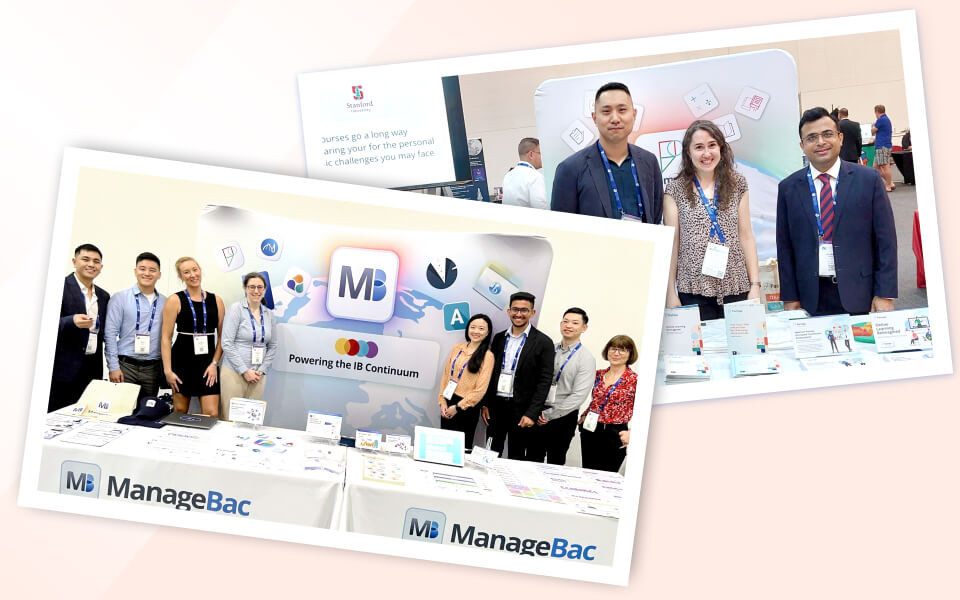Despite the exponential growth of online methodologies in all areas of society, education remains daunted by the prospect of trusting online ways of working, at least as the primary means of delivering education. This is particularly the case in areas of what is called “performative” learning, of which language learning is a prime example.
The industry response to the growing demand for language acquisition
The language acquisition market seems dominated by app-based providers who offer a range of flexible solutions that have proved popular and successful. Duolingo, one of the first and biggest players in this area, claimed that in 2014 “There are more people actively learning a language through Duolingo than in the entire US public school system.” [1] Since that time the search for a productive synergy between online learning and language acquisition has progressed rapidly in the education sector.
These app-based courses show some undeniable advantages: their cost remains relatively low, sometimes free, which makes them broadly accessible, and they have leveraged their technology to actively engage their audience. Duolingo relies on gamification in every lesson to be “the best new way to learn a language” [2]; Rosetta Stone integrates “proprietary speech recognition technology” [3] in their app; and even media organisations such as the BBC have a wide range of online resources in support of language learning, many of which were completely free until recently [4].
Learning languages online
How well does online learning work in the context of language acquisition and, if and when it does, what exactly is the best method to choose?
Since the launch of Duolingo in 2012, there has been some research on the efficacy of these models. On the whole it is reassuringly positive. A recent study on busuu found that after two months, oral proficiency improved in 75% of its users [5]. It also found however that most of these users were involved in formal language courses at the same time and that their use of the app was largely for practising the language and would not on its own be likely to allow learners to achieve full fluency. As an assessment by a team of language teachers so put it: “apps like Duolingo can be a useful supplement when you are learning a language – but not a substitute.” [6]
Schools may be more resistant to the idea that an online methodology, even where a teacher is included, can replace face to face interaction in the language learning classroom. Language acquisition after all is a primarily a performative learning experience.
However, a paper published in Scenario, the research journal of the University of Cork in Ireland, challenges the thinking behind this and the investment model it seems to dictate. The paper argues that:
- the perception of online course formats as “notoriously impersonal, isolating, and ineffective” [7] is due to the choice of delivery model; and
- the future lies in fact in online learning environments that utilise a flipped classroom and include a teacher in the virtual space.
The paper contends that the absence of a physical space “reaffirms an egalitarian student-teacher relationship, opens the door for wide-reaching, personally relevant cultural connections” and that “online spaces, particularly spaces that include the personal element of a real-life instructor, provide an important setting for interacting with students who may feel that the digital world houses their primary form of communication.” [8]
Researchers talk of “embodied learning” as being more and more essential to successful development of cognition [9]. This has led to the development of a polarity, with app-based language learning such as that found in Duolingo to Rosetta Stone standing opposite the pedagogy of the traditional face to face classroom.
Could the flipped online classroom become the solution to the equation? Research [10] suggests this latter practice creates a new space which establishes its online nature as an advantage.
The world of online education needs to highlight the unique opportunities and experiences that education technology can provide. These allow the best sort of performative learning in what is not an alternative delivery system to the face to face model but a new pedagogy that allows more autonomous and empowered learning by students, implemented with and through the flipped classroom.
Article written by Dr Andrew Flory, freelance educational consultant focusing on the IB Diploma Programme
Sign up to our monthly newsletter to keep up to date with all the latest Pamoja news.
[1] https://www.theguardian.com/education/2014/feb/21/can-i-learn-a-language-online
[3] https://www.rosettastone.co.uk/mobile-apps
[4] http://www.bbcactivelanguages.com/
[5] http://comparelanguageapps.com/documentation/The_busuu_Study2016.pdf
[6] https://theconversation.com/just-how-effective-are-language-learning-apps-42913
[7] Virtual Frontiers: How Online Spaces are Redefining the Value and Viability of Performative Foreign Language Learning, Catherine Van Halsema, Scenario, Vol 2017, issue 1, page 90
[8] Halsemam, Op.cit. page 90
[9] See, Virtual Frontiers: How Online Spaces are Redefining the Value and Viability of Performative Foreign Language Learning, Catherine Van Halsema, Scenario, Vol 2017, issue 1, page 87
[10] Halsema, Op cit, throughout.





